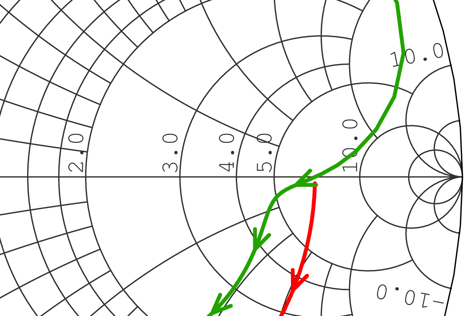Releasing a design for mass production marks a major milestone. This moment can feel particularly sweet, especially when a product has multiple antennas. But don’t reach for the champagne yet - managing this next process represents yet another design hurdle.
We’ve known designers to sanction production, only to receive delivery of hundreds of products that don’t work. In that instance, the products were salvaged. But you needn’t face the same situation. In this article, we’ll take you through some of the most devastating issues that arise at this vital stage. It’ll also help you consider design decisions that reduce assembly costs, improve manufacturing scalability and to improve the profitability of designs.
Manufacturability
What use is a great design if it costs too much to put together? Before releasing a product to be produced, there may be opportunities to make assembly and manufacture even easier.
To improve manufacturability, assembly processes need to be efficient and scalable. Automated pick and place machines offer a scalable solution for placing integrated circuits (ICs) onto a PCB. Antenova’s SMD antennas are all supplied in tape and reels, which enable speedy and quality assembly.
Other types of antennas may need to be assembled by hand, for example case-mounted or FPC (flexible printed circuit) antennas. Which may mean manufacturing processes are less scalable and potentially more costly, but they offer strong levels of wireless performance in ultra-compact or metallic devices.
Another issue to consider is the manufacturing tolerances. These can be especially important to note on intricate parts of the RF circuitry, like transmission lines. The dimensions of a transmission line will determine the characteristic impedance of the line, therefore, if there is even a small deviation from the exact design of this line, there will likely be an impact on performance.
Managing BoM changes and tolerances
It’s often the case that designs needs tweaking slightly for manufacturing. This may be due to tolerances, manufacturing processes or something else. For any alteration at the eleventh hour, it’s important to consider how these may impact RF circuitry or the antenna.
If there are any significant changes, then it may well be necessary to conduct further over-the-air (OTA) tests. Where possible, seek to find out the manufacturing requirements well before completing the design. Antennas will only perform as well as the PCB design allows them to, so if there are significant changes to that environment, there will likely be an impact on performance.
Materials
Materials are often subject to scrutiny at this stage, too. For whatever reason, questions over concerns about circuit boards, product enclosure materials, may arise. Even minor changes in materials can drastically alter the performance of an antenna. For example, a slight change in PCB material may render the transmission line unable to function optimally.
Manufacturing processes
The manufacturing process also has the potential to interfere with RF performance. Reflow soldering is a process by which solder paste is used to attach an electrical component to its contact pad. While this process is necessary to the assembly of your PCB board, it could exceed temperature limits set out in data sheets. For antennas, it’s also important to consider the impact of any subsequent cleaning processes on wireless performance – as these are not generally recommended.
An antenna’s data sheet will outline temperature limits, as well as its sensitivity to certain conditions (i.e. humidity). These will need to be checked against manufacturing processes before production should begin.
It pays to choose the right antenna
A great concept is not the same thing as a great product. To ensure designs offer the best possible performance in the hands of customers, selecting the right antenna is a great first step. But to maximise performance, you need to consider how your device will enable the antenna to operate – at every stage of the design cycle: from choosing an antenna to releasing the designs for manufacture.
Time is a precious resource at the back end of a project, but that makes it all the more important to review your device before it’s released to manufacture. Antenova will be more than happy to offer you support at the late stages of your project, just get in touch with your local Antenova representative and they will be more than happy to help.




